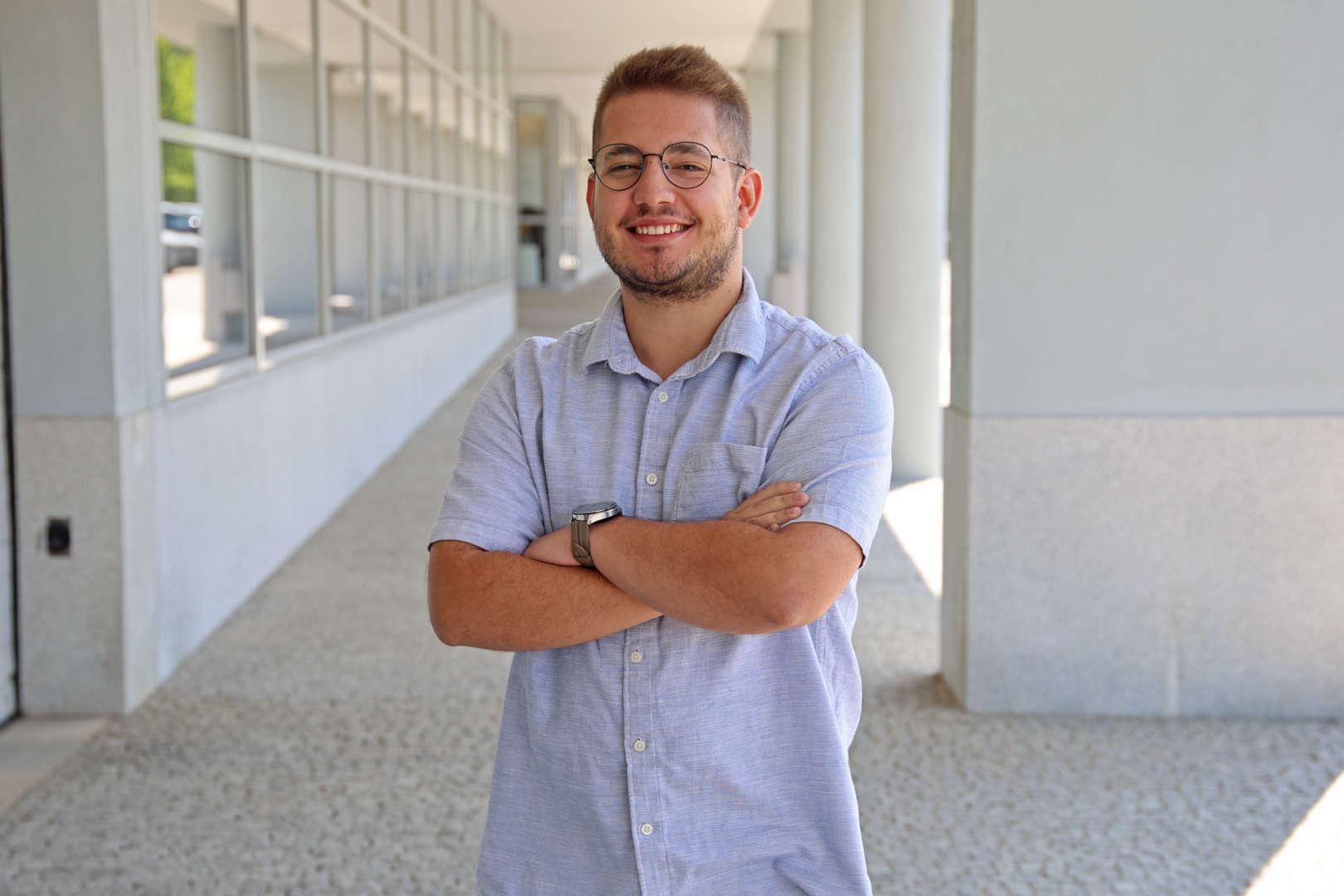Sobre
Rui Jorge Ramos, investigador e engenheiro de software no centro de Computação Centrada no Humano e Ciência da Informação (HumanISE). Apaixonado pela ciência, pela matemática e pelo poder dos dados. A sua atividade no INESC TEC centra-se em desenvolvimento de software e investigação nas áreas da privacidade e segurança dos dados, machine learning e ciência de dados, com especial foco em temas como a saúde, dados geoespaciais e o oceano. Estudante do Doutoramento em Ciência de Computadores na Faculdade de Ciências da Universidade do Porto, com investigação orientada a machine learning distribuída e privacidade e segurança de dados.


